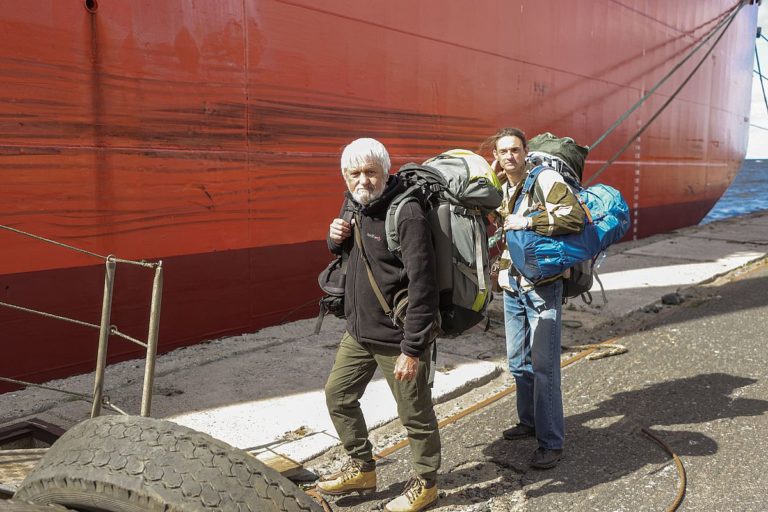#ARCTIC. #SIBERIA. THIS IS TAIMYR. Scientists from the Institute of Systematics and Ecology of Animals of the Siberian Branch of the Russian Academy of Sciences (ISEA SB RAS) will collect material to assess the seabirds and mammals’ biological diversity and monitor their population along the Northern Sea Route (NSR). The study will take place on a transport vessel. A group of two people (the ISEA SB RAS’s senior researcher and senior laboratory assistant) will determine the Company’s activities’ impact on the animal world.
The NSR’s western part is the main Norilsk industrial region’s transport artery, which also provides year-round social supply to the region.
The Nornickel’s fleet transported 1.8 million tons of cargo along the NSR in 2021. The Company’s sea transportation ensures the NSR’s cargo flow and contributes to the port cities’ development (Dudinka, Murmansk), related port infrastructure and the navigation safety.
The expedition will take a week. The vessel will pass along an extensive route: from Dudinka along the Yenisei northern part with access to the Kara Sea, then it will pass to the Barents Sea through the Kara Gate strait, the end point will be Murmansk. The main objectives are the birds and marine mammals’ observation and recalculation.
“We will constantly conduct observations in the course of the vessel’s movement. This means that we will record all the animals within 300 meters radius, recalculate, and draw conclusions based on this. We will also record the ship’s course’s effect on animals. For example: how and at what distance do birds take off”, said the ISEA SB RAS’s senior researcher Igor Chupin.
The scientists plan to meet various animals and birds’ species on the way (gulls, pinnipeds, cetaceans) and hope to see beluga whales. Observations will help to assess the biodiversity of the Northern Sea Route section operated by the Company in order to meet the requirement to ensure the internal sea waters and the territorial sea’s biological diversity (Article 32.1 of the Federal Law No. 155). Another result will be an article that will be included in the Institute’s scientific report.
Earlier, Igor Chupin and his colleagues conducted a winter (by snow cover) count of birds and mammals near the Norilskgazprom’s fields in the Yamalo-Nenets Autonomous Okrug. And now botanists and zoologists are working on the Norilsk and the Kola Peninsula’s territory.
The SB RAS has been cooperating with the Nornickel for many years. The Nornickel initiated a large-scale biodiversity’s study in the Company’s presence regions in 2022.
Igor Chupin notes that the Nornickel was not indifferent to environmental issues. Such biodiversity studies are important for replenishing the scientific fund of knowledge about the Arctic ecosystems. It will be necessary to conduct a similar flight along the same route in autumn to systematize observations.
The last time such a study was carried out in 1994 as a part of the Russian-Swedish expedition Tundra Ecology-94. Then the scientists passed the route from the Kola Peninsula to Chukotka and back. Igor Chupin took part in that expedition. The scientist is one of the most experienced Arctic and Antarctic’s explorers. He went to Antarctica nine times, conducted a lot of research in the Kara Sea, including last year expedition around Vize Island.
Scientists have set themselves the task to develop a new methodology for recording animals in the Arctic latitudes, which will be an undoubted scientific contribution, since a clear international methodology for the upper globe part is still being formed.
Follow us on Telegram, VKontakte.
Text: Ekaterina Maksimova. Photo: istockphoto.com. the Nornickel's press service








